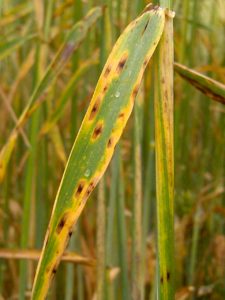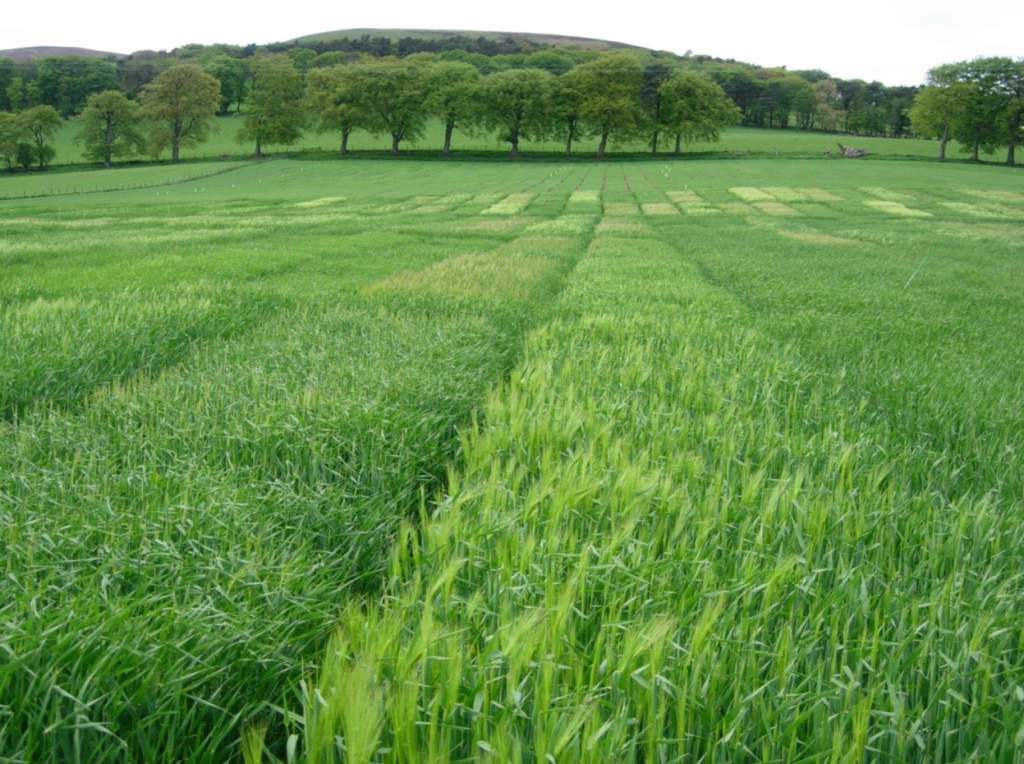Spring barley – managing disease risk
19 February 2018
Disease ratings in spring barley varieties have improved and range from 4 to 7 for Rhynchosporium and 6 to 9 for mildew.
Spring barley remains the most popular and, usually, profitable of the spring cropping options in Scotland but that top ranking for profitability depends on attaining good yields of over 6 t/ha. The crop is at inherently lower risk of some of the barley yield robbing diseases as it doesn’t carry the over wintering disease burden of the winter crop but managing the risk of some of the big hitters like ramularia and Rhynchosporium is crucial in maintaining yield. This year there are a number of shifts and changes in the disease populations in terms of their sensitivity to fungicides and also a number of changes in product approvals.
Varietal choice is obviously the first step in reducing key disease risks and ideally you would pick varieties that address the main disease risks that occur historically on your farm. Concerto remains a stalwart for brewing and distilling markets but whilst popular with buyers it has known disease weaknesses to Rhynchosporium and ramularia, although it does have good resistance to mildew which is a plus if you are in a very mildew prone area. Fairing (grain distilling) and Laureate (brewing and distilling) offers improved resistance to Rhynchosporium and Fairing is also marginally better for Ramularia and rated a 7. Uptake of these varieties though will be driven by what the market wants.

Rhynchosporium is one of the diseases where more robust ratings in varieties like Fairing and Laureate will help
Ramularia resistance is literally all at sixes and sevens in spring barley varieties so risk to that disease is strongly driven by the environment and all varieties are susceptible. Wet weather / leaf wetness up until heading is certainly one risk factor although not the only one. Bursts of sunshine and other crop stress including other diseases are also a factor. Knowledge of your on farm history gives a guide – the disease is tricky to identify but SRUC has worked with AHDB to produce field guides for its identification which can help rule out all the other barley spots (https://cereals.ahdb.org.uk/ramularia).
The choice of seed treatments available for barley has changed significantly in the last two seasons because of the way that product risk assessments are now done. Not all the remaining seed treatments control all diseases so for example loose smut and net blotch sneak through some of the treatments so if these are issues you wish to address make sure the seed treatment selected is appropriate.

Although all spring barley varieties are rated either 6 or 7 for ramularia they are all susceptible given conducive weather.
The first spray in spring barley is all about protecting and retaining tillers and building as many possible grain sites as possible. Often the crop is very clean and growing rapidly as it comes up to stem extension (T1) and so there is a real dilemma about whether to treat or not. It is usually risky to leave the crop wide open to disease but that decision should be based on past experience on the farm, on the variety you have selected and on crop walking to see what is there. There is certainly scope to reduce dose and tailor approaches to the risk. Because of shifts in Rhynchosporium in terms of strobilurins and net blotch in terms of both strobilurins and SDHIs the case for balanced mixes of chemistry is really clear. Over relying on one might expose the crop and is poor general stewardship for the wider industry. The second spray time (T2) is about keeping a lid on any earlier disease and managing ramularia. Because of the fall off in SDHIs and azoles for ramularia control control will be reliant of chlorothalonil this year. The impact of T1 sprays on ramularia is very slight because so much of the ramularia risk is weather driven. So deal with what you need to deal with at T1 and leave ramularia for the booting to early ear emergence spray (T2). A compromise timing as the flag leaf emerges is usually too early to manage ramularia and too late for the T1 diseases so is really only an approach for low input feed / whole cropping and not one to attempt if growing for a quality market.
Fiona Burnett (SRUC) for the Farm Advisory Service
Sign up to the FAS newsletter
Receive updates on news, events and publications from Scotland’s Farm Advisory Service

